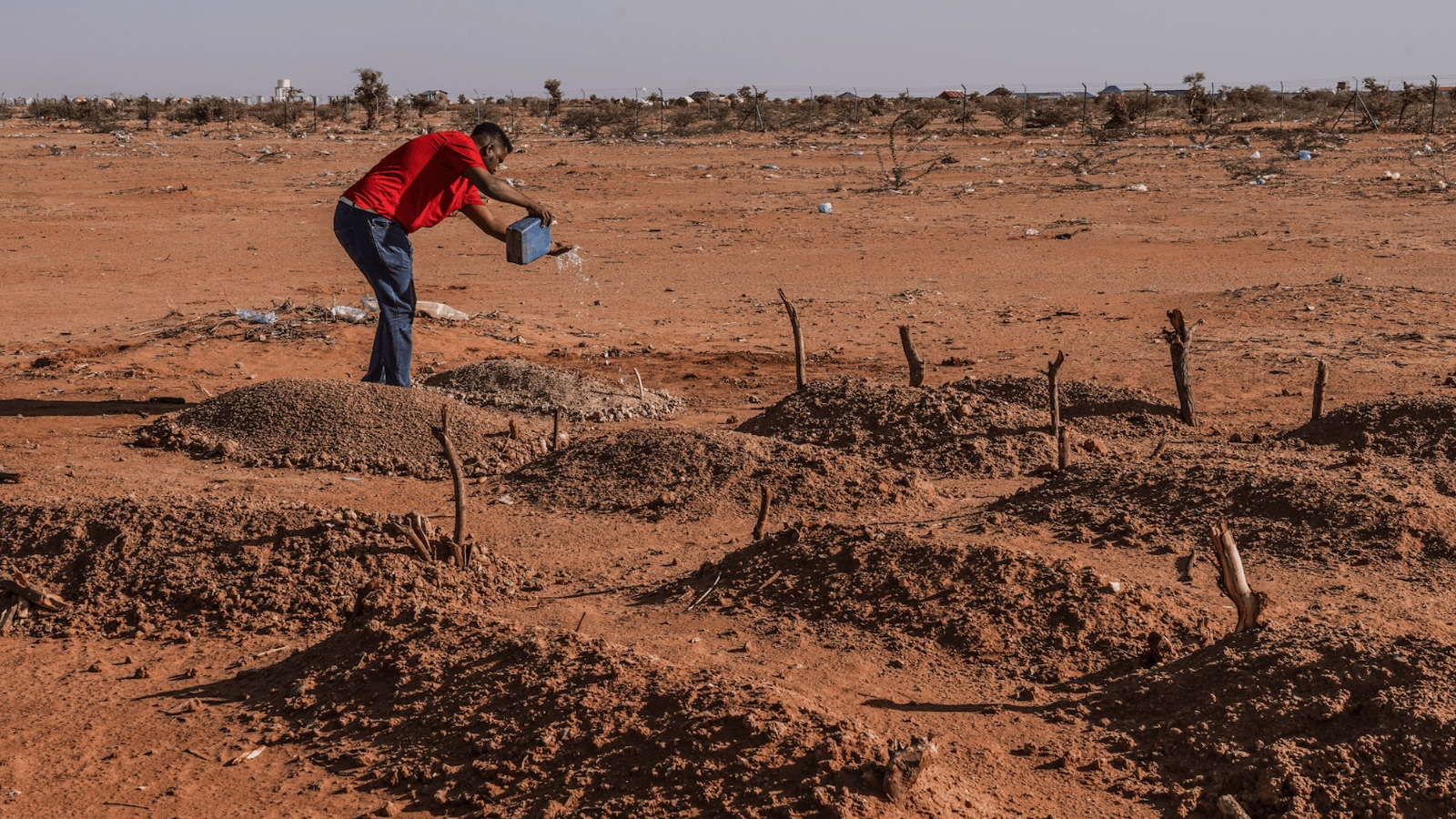This coverage is made possible through a partnership with Grist and Interlochen Public Radio in Northern Michigan.
In a turning point for Michigan, a state long associated with industry and fossil fuels, the state legislature passed a package of bills that aims to cut carbon emissions, requiring 100 percent of its electricity to come from clean sources by 2040.
The state’s new 2040 target is one of the most ambitious in the country, bringing it in line with Minnesota, New York, Connecticut, and Oregon.
“This really marks the first swing, industrialized state in the country to pass such sweeping legislation,” said Tim Minotas, the deputy legislative and political director for Sierra Club Michigan.
Lawmakers passed the final legislation last week along party lines. Based on Democratic Governor Gretchen Whitmer’s climate plan, it’s a big move for a state so heavily reliant on fossil fuels.
Minotas added that it shows a momentum both in the Midwest and across the country for clean energy.
But there are major disagreements about how effective the laws will be.
Democrats see it as an important step toward addressing climate change. They say it will also cut energy rates and bring more than 100,000 jobs and billions of federal dollars to the state. But Republicans argue that the transition away from fossil fuels is too fast, destabilizing the grid and hiking costs. Meanwhile, environmental justice groups say it won’t do enough to reduce emissions or protect communities of color from pollution and the impacts of climate change.
The climate package centers on a bill that requires Michigan utilities to transition completely to clean energy sources by 2040.
Betsy Coffia, a Democratic representative who serves part of northern Michigan, said the state’s lower chamber “hotly contested” what counted as clean.
“We are a single-vote majority,” she said. “And in order to get all of our colleagues on board, we did have to come up with something that everybody was willing to vote ‘yes’ to.”
According to the bill, clean energy includes nuclear power and natural gas coupled with carbon capture. Renewable energy also falls under that umbrella. It includes solar, wind, and hydropower, as well as things like gas produced by landfills and biomass (burning organic matter such as wood or agricultural waste).
The climate package requires utilities to reduce energy waste with a focus on low-income households. It also creates an office to advise the government on how to help communities and workers affected by the transition away from fossil fuels.
Republicans have pushed back.
Dave Prestin, a Republican representative from the Cedar River community in the Upper Peninsula of Michigan, said the legislation is the opposite of what his district needs.
“The most urgent need is to reduce costs and increase reliability,” he said in a joint news release. “Even if the tiny contribution Michigan makes to global emissions mattered, which it doesn’t, this plan will make living and working here harder for our residents.”
Republicans also opposed bills that will give the state’s public service commission authority to approve or deny large solar, wind, and energy storage projects. Until now, township authorities had final say over whether those projects got built — and some have blocked developments. Democrats said the change was needed to reach clean energy goals.
John Roth, a Republican representative based in the northern community of Interlochen, said Democrats pushed through legislation without enough discussion. And while the bill requires companies to work with local governments first, he doesn’t think that’s enough.
“You can have local control as long as you say ‘yes,’” Roth said. “You cannot say ‘no’ and still have local control.”
Groups like the Michigan Environmental Justice Coalition, meanwhile, said the legislation isn’t aggressive enough and will allow companies to continue polluting low-income neighborhoods and communities of color.
“That goes against any principles of justice. It goes against science,” said the coalition’s climate justice director, Juan Jhong Chung. “We need to stop burning fossil fuels. We need to close down the power plants in Black and brown communities that are so overwhelmed because of toxic air.”
The bill also includes the state’s one commercial trash incinerator as “renewable energy,” which Jhong Chung said poses risks to nearby communities.
“If we say that trash incineration, landfills, and animal manure counts as renewable, then we’re placing all the burdens in Black and brown communities, in poor white communities, that will have to endure those dirty energy sources,” he said.
Jhong Chung said lawmakers ignored repeated calls from environmental justice groups to address their concerns.
Instead, he said, they carved out exceptions for utilities, such as allowing natural gas plants to continue if they have carbon capture systems that store at least 90 percent of the emissions. (Carbon capture means taking the emissions from a natural gas plant and storing it in perpetuity. But it’s a new technology that doesn’t have a strong track record.) Natural gas is the biggest source of electricity in the state, followed by coal, nuclear, and renewables.
Michigan’s two largest utilities, DTE and Consumers Energy, raised concerns about the bills’ feasibility, leading lawmakers to change them, according to Inside Climate News. The watchdog organization Energy and Policy Institute also reported that Democrats and Republicans have received a total of nearly $500,000 from both utilities.
For Democrats, the timing was urgent. Last year, they won control of the governor’s office, House, and Senate for the first time in nearly 40 years. Many saw this as the last chance for them to pass robust climate legislation; two representatives won mayoral races during the November 7 municipal elections, scrapping the party’s two-seat majority in the House.
Federal funding was another incentive to pass the package now. Democrats say the changes are necessary for the state to compete for billions of dollars in investment through the Inflation Reduction Act. Governor Whitmer is expected to sign the bills into law.
Jacob Corvidae works at the Rocky Mountain Institute, a clean energy research firm based in Colorado. He followed developments this fall and said there is “no doubt” that this will mean big changes for the state and the region.
“This is a huge amount of clean energy to move forward in Michigan, no matter what,” he said. “This moves us far forward on better health outcomes, better clean energy investment, all of this.”
Still, it’s unclear how changes to the state’s energy production will play out on the ground. According to Barry Rabe, an environmental policy professor at the University of Michigan, state governments have weakened renewable energy legislation in the past.
“Michigan will really become a great national laboratory to see if this sort of clean energy revolution, as it’s being described, builds support and diversifies its constituency base over time, or might ignite some kind of a backlash or divide,” he said.
This story was originally published by Grist with the headline Michigan wants 100 percent of its electricity to be clean by 2040 on Nov 15, 2023.







